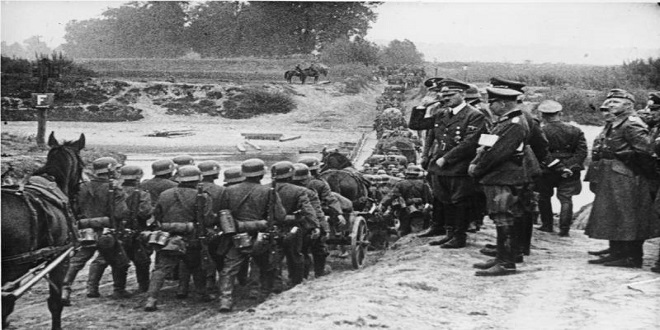
Creation of Rules of International Law by the Congress of Vienna and the Subsequent Treaties: I. Principles; Effects. 2. Legal Institutions of the First Half of the 19th Century. – B. From the Law of the Western Hemisphere to the International Law of the World: I. Treaties made by the Great Powers during the Expansion in the Near East and the Far East. 2. The Legal Institutions of Annexation and Occupation. – C. Extension and Development of the Law of the Sea. – D. International Law and the Idea of the Nation-State.
Principles; Effects
The history of international law at the beginning of the 19th century is not so much the history of principles of law as an account of the law applied in practice at the time. This does not mean that writers were silent, but that in view of the new political situation prevailing after the Napoleonic Wars and the ~ Vienna Congress (1815) they dealt only with the rules set out in ~ treaties or to be found as ~ customary international law in diplomatic practice.
The Congress of Vienna of 1815 was held under the direction of Austria, Great Britain, Prussia and Russia, who now emphasized their position by calling themselves the ~ Great Powers. On the initiative of Great Britain, the political aim of the Congress was to help to restore the ~ balance of power in Europe, and, in response to a suggestion of Tsar Alexander I, to promote a better exchange of goods and ideas.
Legal Institutions of the First Half of the 19th Century
Although the first Treaty of Paris restored the Swiss Confederation, which consisted politically of several nations or parts of nations and had been destroyed in its original form by the French revolutionary armies, its neutrality was not guaranteed until the second Treaty. This guarantee was the legal innovation in the Treaty. —+ Permanent neutrality thereby became an institution of ~ neutralization. Although this institution does not secure the existence of the neutralized State directly,
From the Law of the Western Hemisphere to the International Law of the World
The advance of the European powers overseas not only brought them territorial gains but also prepared the way for the extension of international law to other parts of the world, though the newly acquired territories did not at first rank as independent subjects of the international legal system so that the system retained its Western character.
Apart from the establishment by Great Britain on November 5, 1815 of a – protectorate over the Greek islands in the Ionian Sea, which culturally and legally belonged to Europe (a protectorate lasting until the Ionian Islands were incorporated into Greece in 1864), it was France which took the first step which led to the unintentional extension of European international law.
Extension and Development of the Law of the Sea
The development of the legal consciousness of the European States and the States of the American hemisphere produced new ways of making law and new substantive rules of law in the middle of the 19th century. New institutions of international law came into being as a result of the increase in trade and the increase in shipping which went with it. In some cases this development manifested itself iI1 the form of customary international law, whereby all the sea-faring nations applied a common rule; in other cases, e.g. concerning cargo and ports, the sea-faring nations adopted rules initially as national customary law independently of each other, with international agreement following later; and in yet other cases multilateral agreements came first, with the different countries acting together to create new positive law (- Law of the Sea, History).
Last word
None of the States should be condemned by history because the war began with formal declarations of ~ war in accordance with the traditional classical laws of war. This procedure was in no way a sign of an unbridled spirit of ~ aggression but represented the form required for the commencement of a war, as the permissible political weapon which it was considered to be at that time, assuming the step to be lawful, as it had always been until then.




